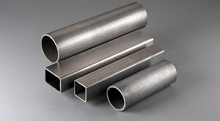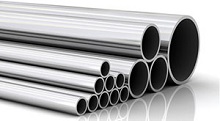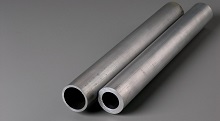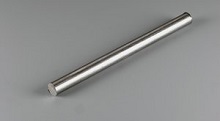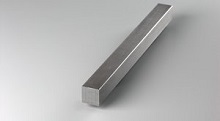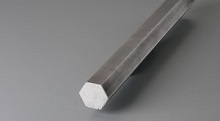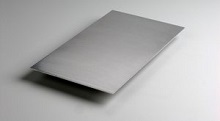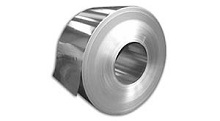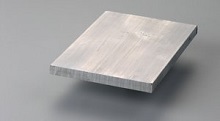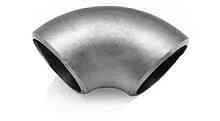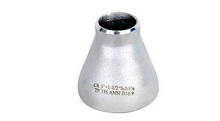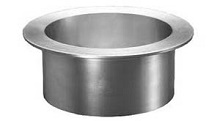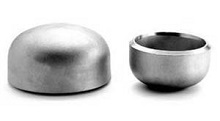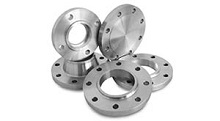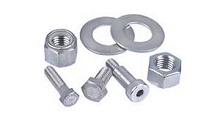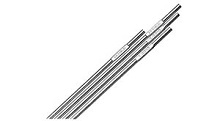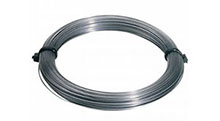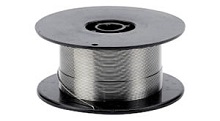Stainless Steel 321 is the stabilized version of Stainless Steel 304. The 18/8 blend of chromium and nickel is tempered with titanium to give type 321 protection from intergranular corrosion that can occur after heat treatment. It is protected from temperatures ranging from 800 to 1500° F. The metal displays high strength and resistance to various forms of corrosions, including that from aqueous environments. Type 321 finds application in heavy welding components, along with dynamic environments that are subject to changes.
However, the addition of titanium limits the application of 321 in terms of working. The metal is not recommended for certain welding techniques as it is not consumable. Beyond this, stainless steel 321 has excellent forming characteristics, does not require annealing after being welded, and displays toughness in a range of temperatures. The metal shows strength even when exposed to cryogenic temperatures. Additionally, it is often chosen over Type 304 for its increased resistance to creep and rupture. Both metals may be susceptible to stress corrosion cracking.
Stainless Steel 321H is the higher-carbon modification of stainless steel 321. In addition, 321H is stabilized by an addition of niobium to resist intergranular corrosion. It is also able to withstand higher temperatures than type 321, due to its elevated carbon levels. While 321H displays the same welding and forming characteristics of type 321, the metal cannot be hardened by heat treatment. It is utilized in situations where type 321 cannot withstand the high temperatures, typically those exceeding 1000° F. Type 321H displays better resistance against creep than both 321 and 304 stainless steels.
321H also shows resistance against acid corrosion in a variety of environments. Lower temperatures provide better resistance, but the metal is able to withstand up to a 10% acid solution, that has been diluted, at elevated temperatures. However, the metal shows very little resistance against chlorine or sulfuric solutions at any given temperature.
Given their similar composition and characteristics, it is possible for stainless steels 321 and 321H to become dually certified.
Automotive Industry

